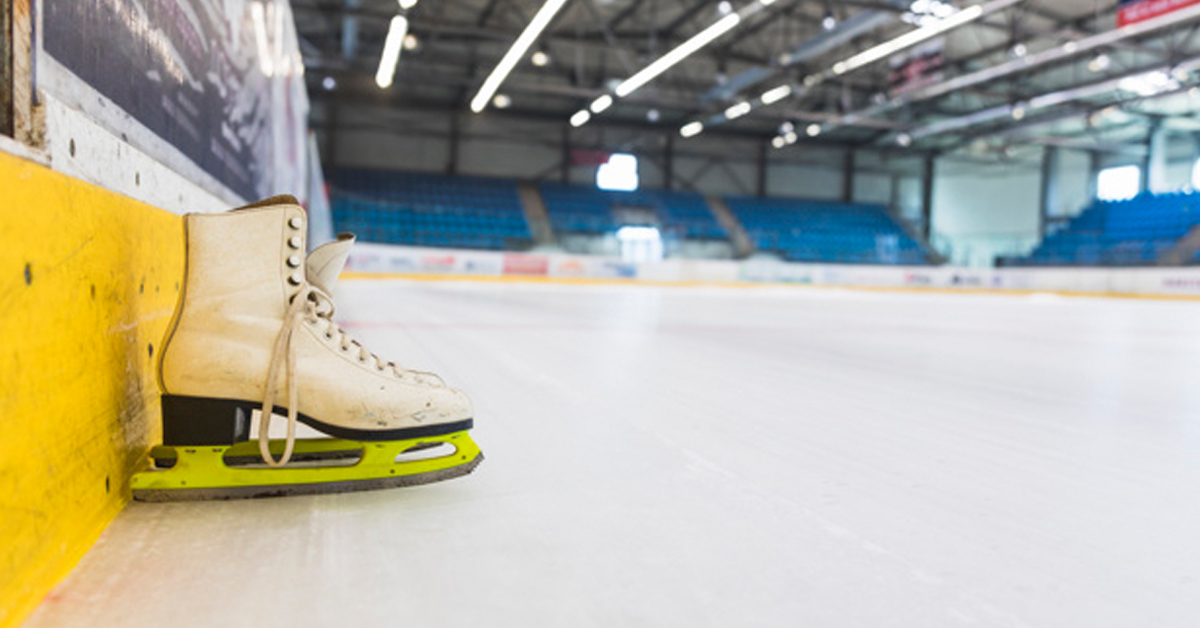
5 Common Hockey Injuries
Ice hockey is a contact sport where the players and the puck move at high speeds, so when players run into each other or objects, great force is used. This is why hockey is considered a collision sport. Injuries are fairly common, but efforts can be made to avoid them with training and proper equipment. Listed below are five common injuries that can occur playing hockey.
AC Joint Injury
The acromioclavicular joint, or AC joint, is one of the joints in the shoulder responsible for motion and stability. The ligaments that hold the AC joint together can be torn through sudden impact to the shoulder, which can cause separation to occur in the AC joint. This sudden impact can happen in hockey when players skating at high speeds collide with one another or into a rigid surface. Swelling, bruising, pain, and motion range loss are all symptoms of AC joint separation. There may also be visible bumps on the shoulder if the bones separate.
Shoulder Dislocation
Shoulder dislocation generally refers to a dislocation in the glenohumeral joint in the shoulder. This happens when the the top of the humerus, or upper arm bone, is forced out of the glenoid, the socket in the shoulder joint it usually nestles in. If a player falls or receives a heavy blow or sudden impact on the shoulder, it can cause dislocation if the upper arm is forced to move in an abnormal way. Symptoms of shoulder dislocation include pain, weakness, and mobility issues. The arm may also appear to hang incorrectly off the shoulder.
Muscle Strain
Muscle strain occurs when a muscle is pushed past its limit. This can happen if a player's muscle is suddenly presented with a heavy load or stretched beyond its normal ability. If a player's muscles are tight but not warmed up or not conditioned well, tearing or straining is a risk. Symptoms of a muscle tear include pain at rest or when the muscle is used, and weakness or inability to use the muscle.
Meniscus Injury
The meniscus is a C-shaped piece of cartilage in the knee. There are two menisci in each knee joint, and if they are torn they can affect stability in the knee. This tearing can happen if the cartilage is worn down or through the quick movements and stress put on the knees by ice skating. Symptoms vary depending on how and where the meniscus is torn, but symptoms can include pain, instability or feeling the knee "giving," stiffness, swelling, and an impaired range of motion. Sliding, popping, or locking may occur if the tear is left untreated because loose fragments from the meniscus tear will drift into the joint.
Gamekeeper's Thumb
The ulnar collateral ligament, or UCL, connects the bones at the base of the thumb, which prevents the thumb from moving too far from the hand. When an acute sprain or tear of the UCL occurs, it is called a UCL injury. When the injury is chronic and develops over time from repeated UCL stretching, it's called gamekeeper's thumb. UCL injuries are commonly caused by injury or trauma in which the thumb is bent away from the hand at the MCP joint. This can happen in sports hockey, or in any situation in which a fall is landed on an outstretched hand. This injury might also be sustained when a person is gripping something that is suddenly moving, like a hockey stick during a fall. Swelling, pain, and tenderness on the ulnar side of the thumb are all symptoms of UCL injury. You may also have difficulty pinching and gripping with the thumb, and you may have limitations in your range of movement. In severe cases, a bump under the skin, called a Stener lesion, may form due to the ends of the torn ligament being held apart by a nearby tendon.
